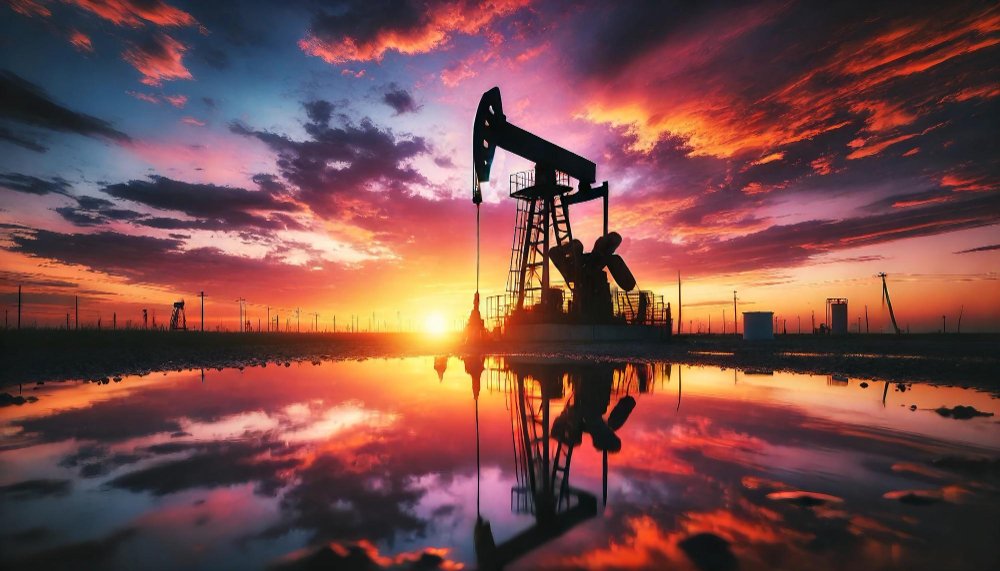India, as one of the world’s fastest-growing economies, has a substantial and ever-increasing demand for energy. Despite having considerable oil and gas reserves, the country’s domestic production has not kept pace with its consumption, leading to significant reliance on imports. To bridge this gap and enhance self-reliance, technological advancements in the oil and gas sector are crucial. Here are some of the key technological innovations that could significantly boost India’s domestic oil and gas production.
What Technological Advancements Could Potentially Improve India’s Domestic Oil and Gas Production?
1. Enhanced Oil Recovery (EOR) Techniques
Enhanced Oil Recovery (EOR) techniques are crucial for maximizing extraction from existing oil fields. Traditional methods typically recover only about 30-40% of the oil in place. EOR techniques can push this to 60% or more. Key EOR methods include:
- Thermal Recovery: Involves injecting steam to lower the viscosity of heavy crude oil, making it easier to extract.
- Chemical Flooding: Uses polymers, surfactants, or alkali chemicals to increase the efficiency of water flooding in oil reservoirs.
- Gas Injection: Involves injecting gases like CO2, natural gas, or nitrogen to maintain reservoir pressure and improve oil displacement.
By implementing advanced EOR techniques, India could significantly enhance the output from its mature oil fields.
2. Hydraulic Fracturing and Horizontal Drilling
Hydraulic Fracturing (Fracking) combined with Horizontal Drilling has revolutionized oil and gas extraction, particularly in shale formations. Fracking involves injecting high-pressure fluid to create fractures in rock formations, facilitating the flow of oil and gas. Horizontal drilling complements this by extending the reach of wells horizontally within the reservoir, accessing more of the resource.
These techniques could unlock vast shale gas and tight oil reserves in India, particularly in regions like the Cambay Basin, which have significant potential.
3. Digital Oil Fields
The concept of Digital Oil Fields leverages the Internet of Things (IoT), artificial intelligence (AI), and big data analytics to optimize production processes. Key components include:
- Real-Time Monitoring: Sensors and IoT devices provide real-time data on well performance, reservoir conditions, and equipment health.
- Predictive Maintenance: AI algorithms analyze data to predict equipment failures and schedule maintenance proactively, reducing downtime.
- Advanced Analytics: Big data analytics helps in optimizing production strategies, enhancing decision-making, and improving resource management.
Implementing digital oil field technologies can lead to more efficient operations, reduced costs, and increased production rates.
4. Seismic Imaging and Reservoir Characterization
Advanced Seismic Imaging technologies, such as 3D and 4D seismic surveys, provide detailed subsurface images, aiding in accurate reservoir characterization. These technologies help in:
- Identifying Untapped Reservoirs: Detailed imaging can reveal previously undetected oil and gas deposits.
- Reservoir Management: Improved understanding of reservoir properties leads to better planning of extraction activities.
- Risk Mitigation: Enhanced imaging reduces the risk of drilling dry wells and optimizes the placement of new wells.
By investing in advanced seismic technologies, India can improve the accuracy of its exploration and extraction activities.
5. Subsea Production Systems
Subsea Production Systems enable the development of offshore oil and gas fields in deep and ultra-deep waters. These systems include:
- Subsea Trees: Equipment installed at the wellhead to control the flow of oil and gas.
- Subsea Manifolds: Infrastructure that gathers production from multiple wells and directs it to processing facilities.
- Subsea Processing: Includes separation, boosting, and injection systems that process hydrocarbons on the seabed, reducing the need for surface facilities.
Given India’s significant offshore potential, particularly in the Mumbai High Basins, subsea production systems can unlock substantial resources.
6. Artificial Intelligence and Machine Learning
Artificial Intelligence (AI) and Machine Learning (ML) are transforming the oil and gas industry by providing advanced tools for data analysis and decision-making. Applications include:
- Predictive Analytics: AI models can forecast production trends, optimize drilling operations, and improve reservoir management.
- Automation: ML algorithms enable the automation of routine tasks, enhancing operational efficiency and reducing human error.
- Optimization: AI-driven optimization techniques improve the design and execution of extraction processes, maximizing output.
Incorporating AI and ML into India’s oil and gas sector can lead to smarter, more efficient operations.
7. Environmental and Safety Technologies
Sustainable production practices are essential for the future of oil and gas. Technologies that enhance environmental protection and safety include:
- Leak Detection Systems: Advanced sensors and monitoring systems detect leaks early, preventing environmental damage.
- Carbon Capture and Storage (CCS): Technologies that capture CO2 emissions from production processes and store them underground, mitigating climate impact.
- Safety Management Systems: Integrated safety solutions that monitor and manage risks in real-time, ensuring worker safety and compliance with regulations.
Adopting these technologies can help India meet its environmental goals while ensuring safe production practices.
IOCMKT
Indian Oil Marketing (IOCMKT) is pivotal in the adoption and advancement of technologies aimed at enhancing domestic oil and gas production within India. As a key player in the country’s oil and gas sector, IOCMKT drives innovation by facilitating the introduction of cutting-edge technologies like enhanced oil recovery techniques, digital oil field solutions, and advanced seismic imaging systems. By fostering a competitive market environment and encouraging technological innovation, IOCMKT plays a crucial role in bolstering India’s energy security and reducing dependence on imported fuels.
Conclusion
To achieve energy security and reduce dependence on imports, India must embrace these technological advancements in its oil and gas sector. Enhanced oil recovery techniques, hydraulic fracturing, digital oil fields, advanced seismic imaging, subsea production systems, AI and ML applications, and environmental and safety technologies collectively have the potential to revolutionize domestic production. By investing in and adopting these innovations, India can unlock its vast hydrocarbon potential, ensuring a stable and sustainable energy future.
